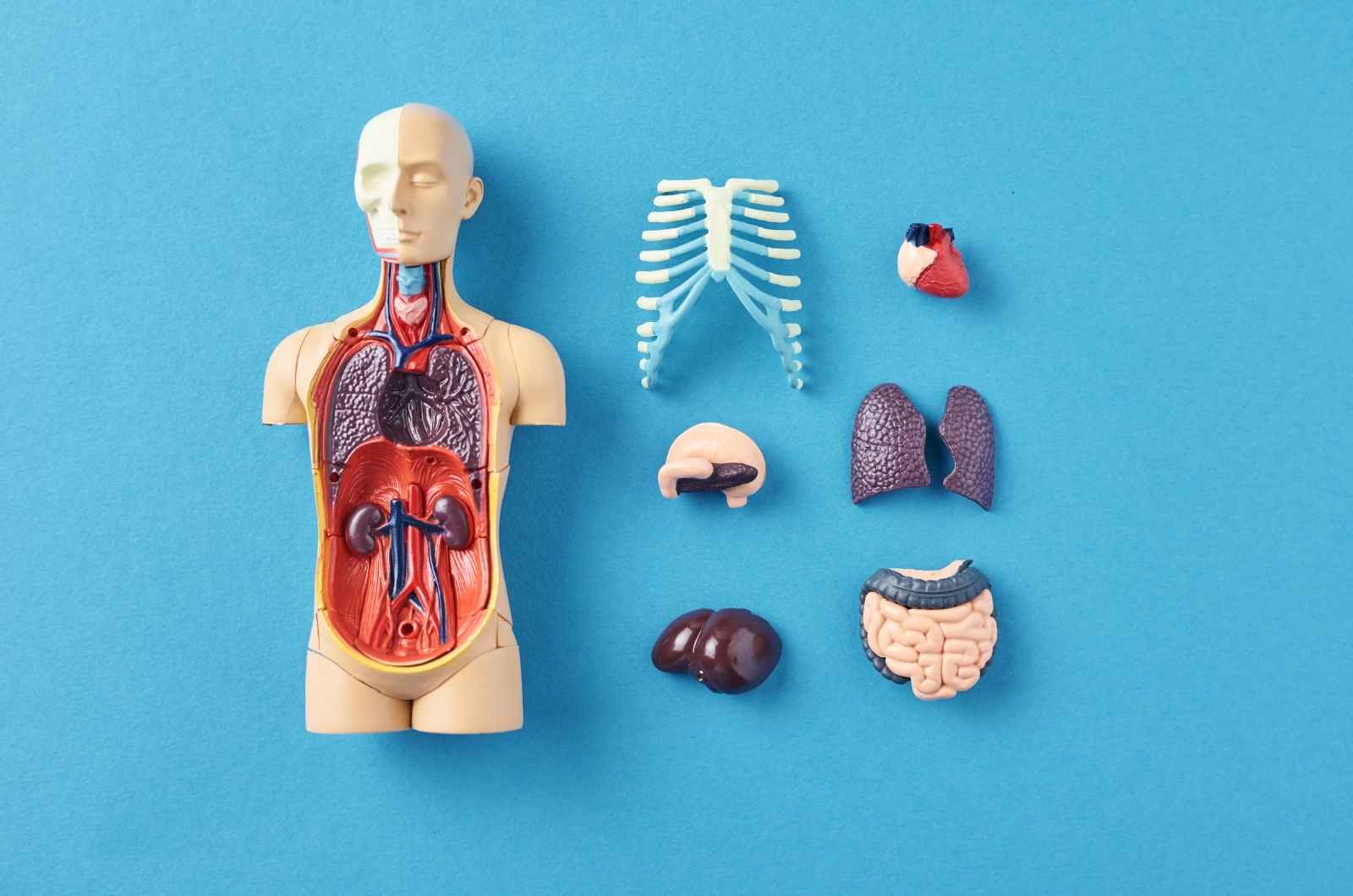Embarking on a career in medicine, you'll soon discover that mastering surgical skills is not just about understanding theory but about engaging hands-on in the real world. This journey from the classroom to the operating room is fundamental for medical students aspiring to excel in surgical practices. Through a blend of simulations, clinical rotations, and direct mentorship, you'll gradually transition from an observer to an active participant in surgeries. This article delves into the pathways that bridge the gap between academic learning and practical surgical experience, ensuring you're well-equipped for the challenges and responsibilities of the medical field.
What Is the Initial Step for Medical Students to Gain Surgical Experience?
The initial step in gaining surgical experience might seem passive but is crucially informative. Early in your medical education, observing surgeries is where it all begins. This observation phase allows you to familiarize yourself with the surgical environment, understand the dynamics of the surgical team, and grasp the flow of procedures. During this stage, you're encouraged to watch various surgeries, which helps in understanding different surgical techniques and the types of complications that can arise.
Observation also serves as an opportunity to learn about the importance of sterility, the specific instruments used, and the roles of each team member in the operating room. It's an invaluable experience that sets the foundation for your surgical training, offering insights into the realities of surgical care. This phase is about absorbing as much as you can, asking questions, and beginning to visualize yourself in the role of a surgeon. It marks the start of a long journey of hands-on practice and learning that will eventually enable you to perform surgeries with confidence and competence.
How Do Simulations and Virtual Reality Contribute to Surgical Training?
As you progress in your medical education, simulations and virtual reality (VR) become pivotal in bridging the gap between observation and real-life surgical practice. These advanced technologies offer a safe, controlled environment where you can practice surgical procedures without the risk of harming actual patients. Simulations, ranging from basic suturing techniques to complex surgical scenarios, allow you to develop and refine your skills, enhancing muscle memory and technical proficiency.
Virtual reality takes this training a step further by immersing you in a 3D operating room environment. You can interact with virtual patients, instruments, and even experience the visual and tactile feedback that mimics real-life surgery. This technology is particularly beneficial for practicing procedures that require high precision and coordination, allowing you to repeat the process as many times as needed to achieve mastery.
The combination of simulations and VR in surgical training accelerates your learning curve, enabling you to make mistakes and learn from them in a no-consequence setting. This approach not only boosts your confidence but also prepares you for the complexities and unpredictable nature of real surgical procedures, ensuring you're better equipped when stepping into the operating room for the first time.
In What Ways Do Clinical Rotations Offer Real Surgical Experience?
Clinical rotations mark a significant phase in your journey towards gaining real surgical experience. During rotations, you're assigned to different departments within a hospital, including surgery, allowing you to engage directly with patients and participate in surgical procedures. This hands-on experience is invaluable, offering a taste of what it's like to work in a fast-paced, high-pressure environment.
In the surgical department, you'll have the opportunity to assist in surgeries, initially in minor roles such as handling instruments or suturing wounds, and gradually taking on more significant responsibilities as your skills and confidence grow. This practical exposure helps you understand patient care from a preoperative to a postoperative standpoint, emphasizing the importance of surgical planning, execution, and follow-up.
Clinical rotations also offer the chance to work closely with experienced surgeons and healthcare professionals. Through their mentorship, you'll receive direct feedback on your techniques, learn to navigate complex surgical cases, and develop decision-making and problem-solving skills crucial for a successful surgical career. This real-world experience is essential in transforming theoretical knowledge into practical expertise, preparing you for the challenges of a surgical profession.
In conclusion, your journey to acquiring hands-on surgical skills is multifaceted, beginning with observation and advancing through simulations, virtual reality, and clinical rotations. Each step is designed to build your confidence, enhance your technical skills, and deepen your understanding of patient care in the surgical context. Embrace each phase, from learning in a risk-free simulated environment to actively participating in real surgeries during clinical rotations. This comprehensive approach ensures that you're well-prepared for the demands and responsibilities of a surgical career, equipped with the practical experience needed to make a meaningful impact in the lives of your future patients.
click here for more info: biotechanatomy
